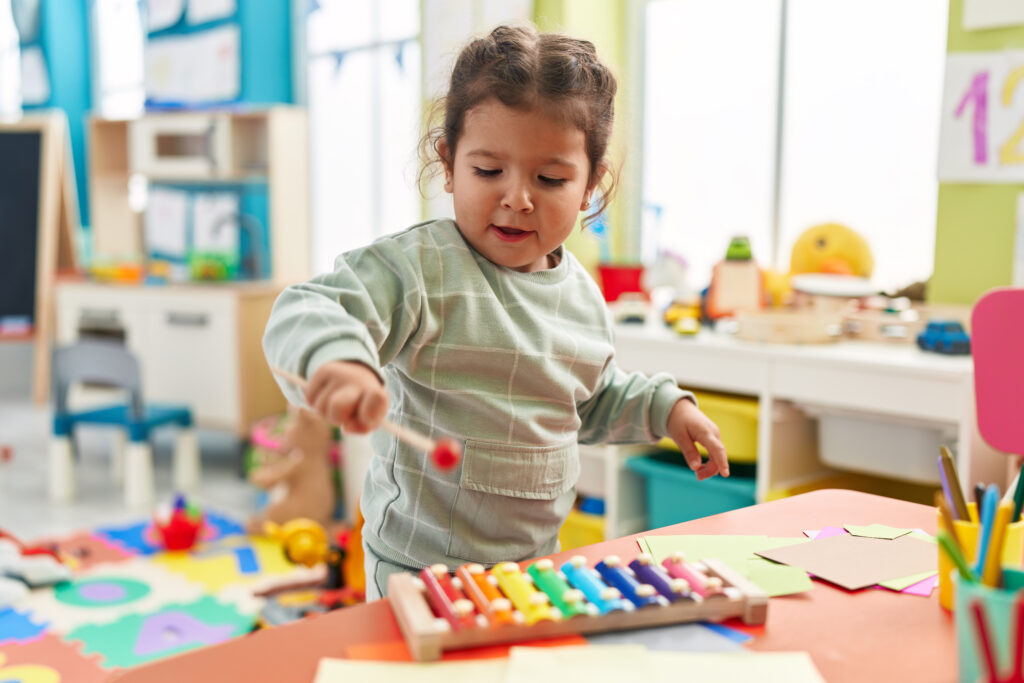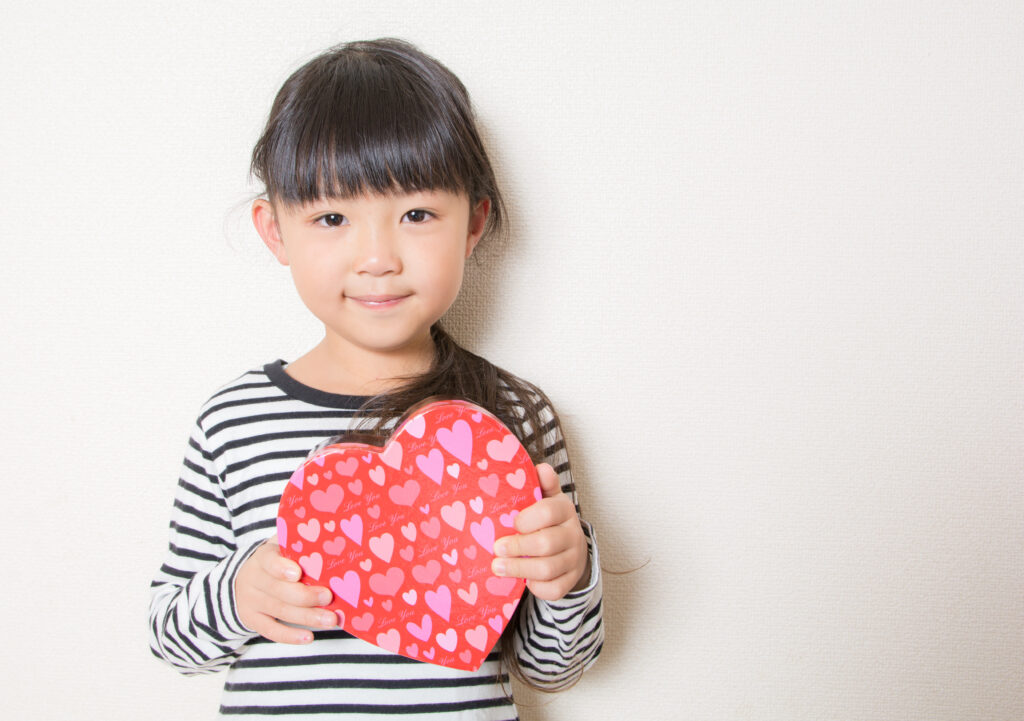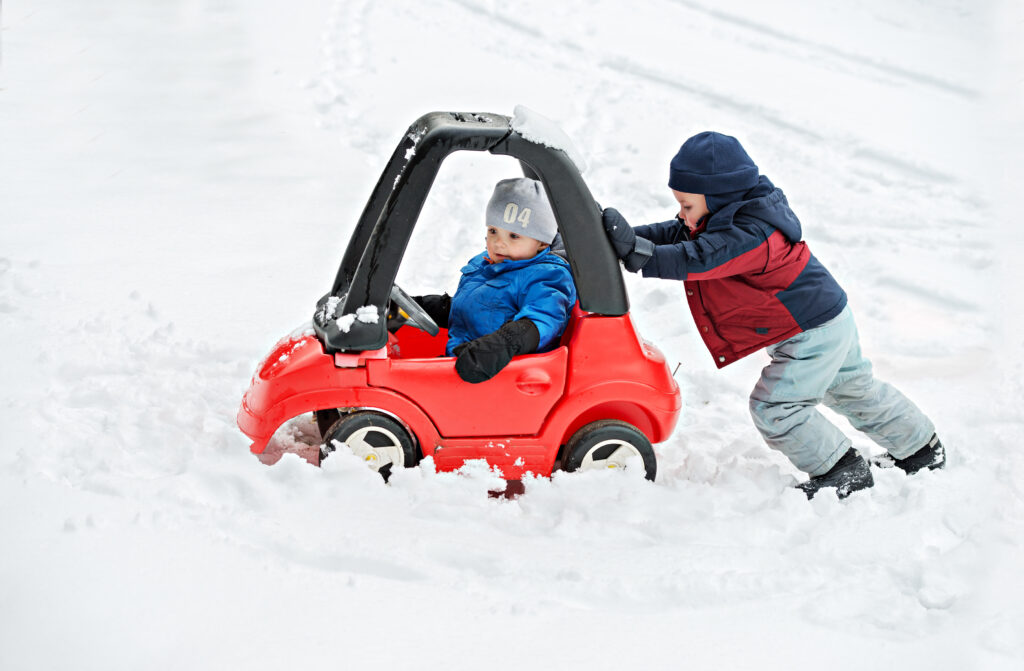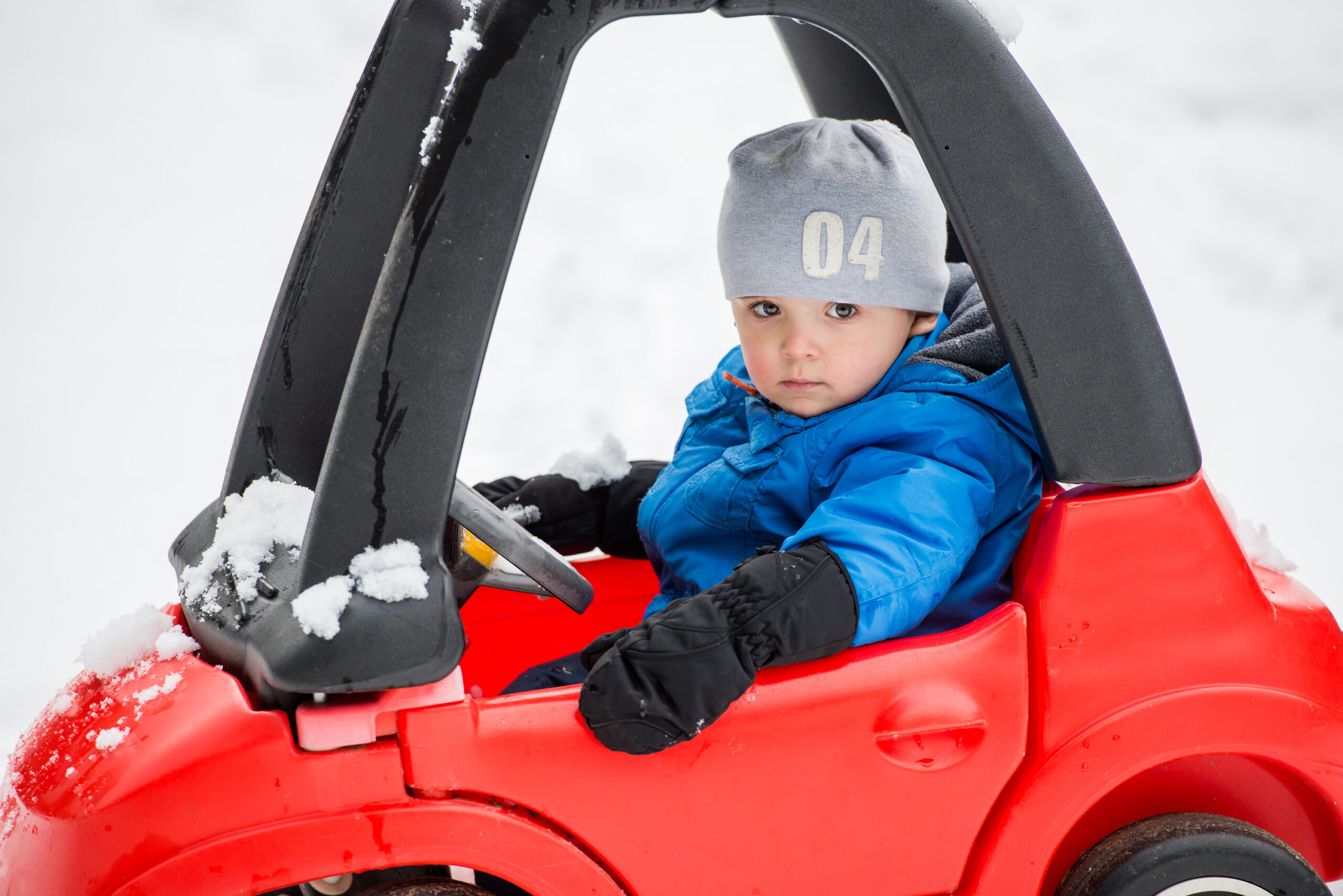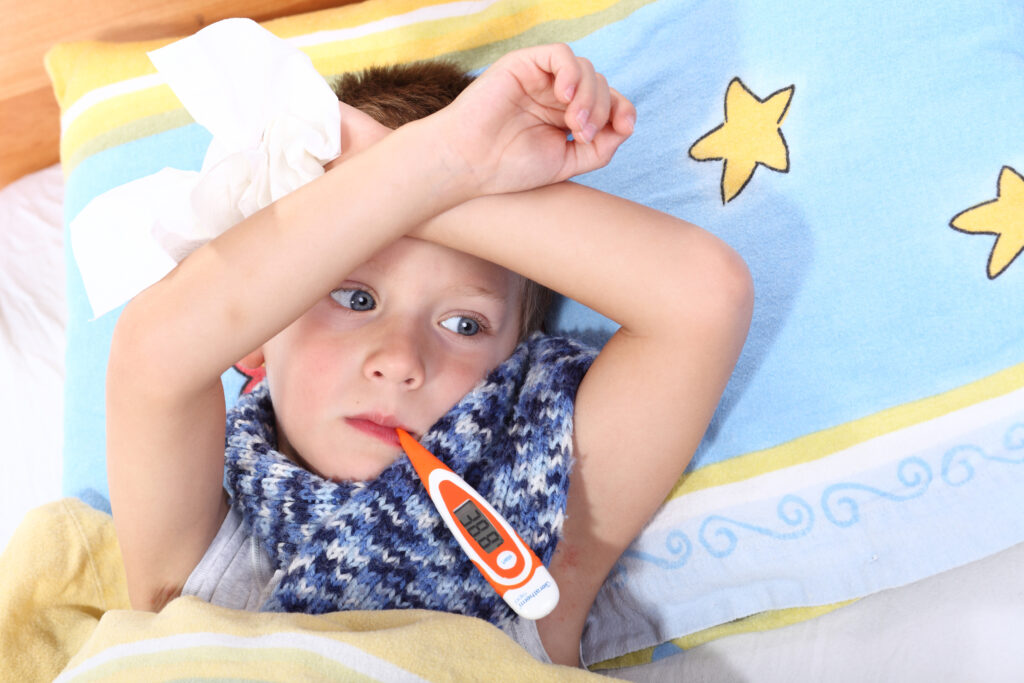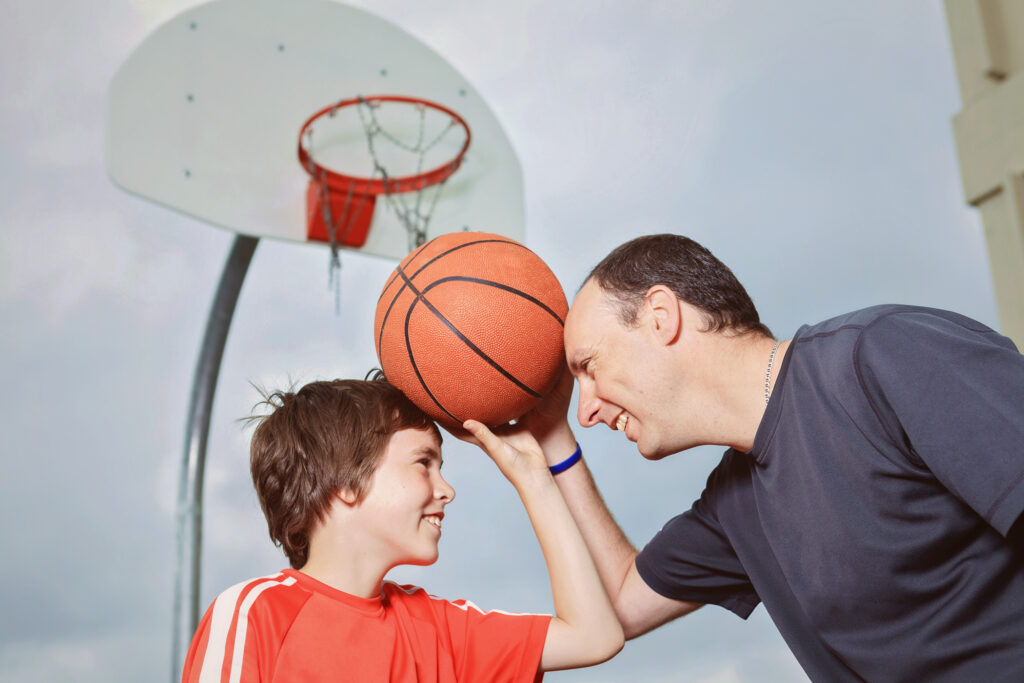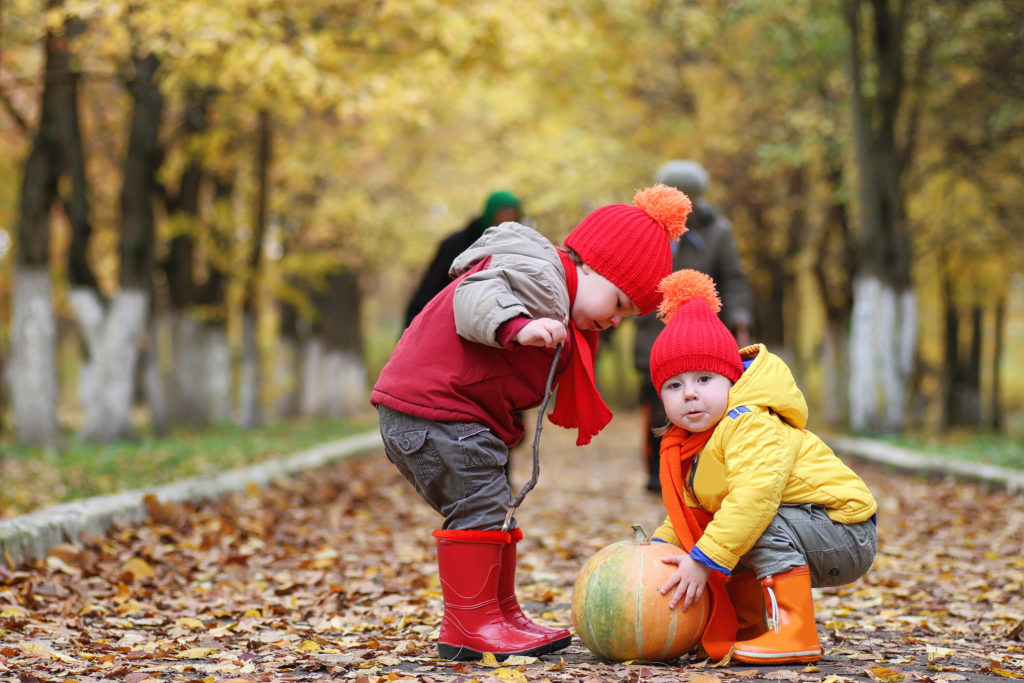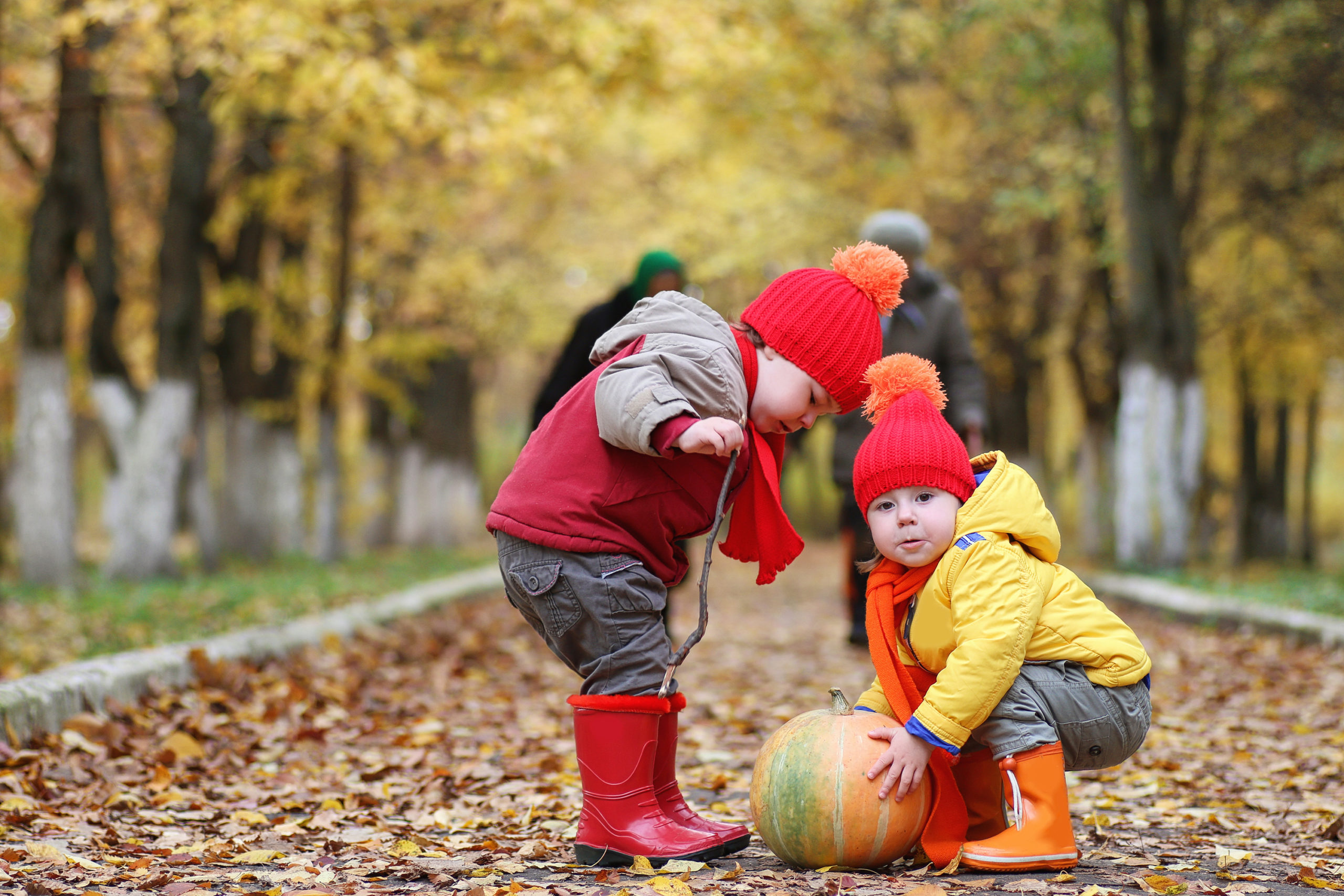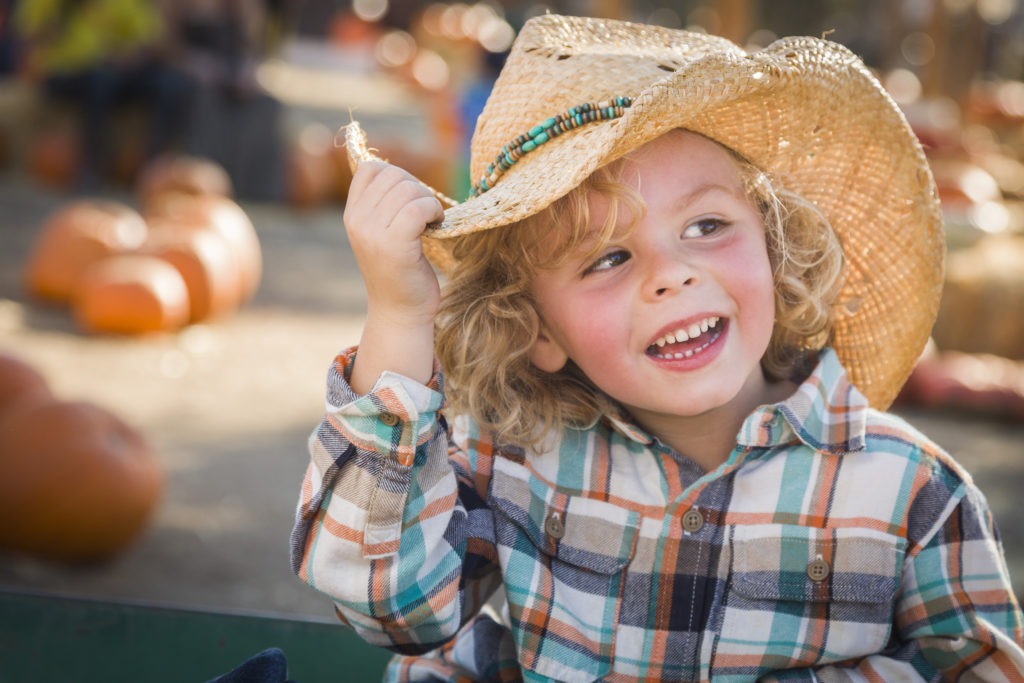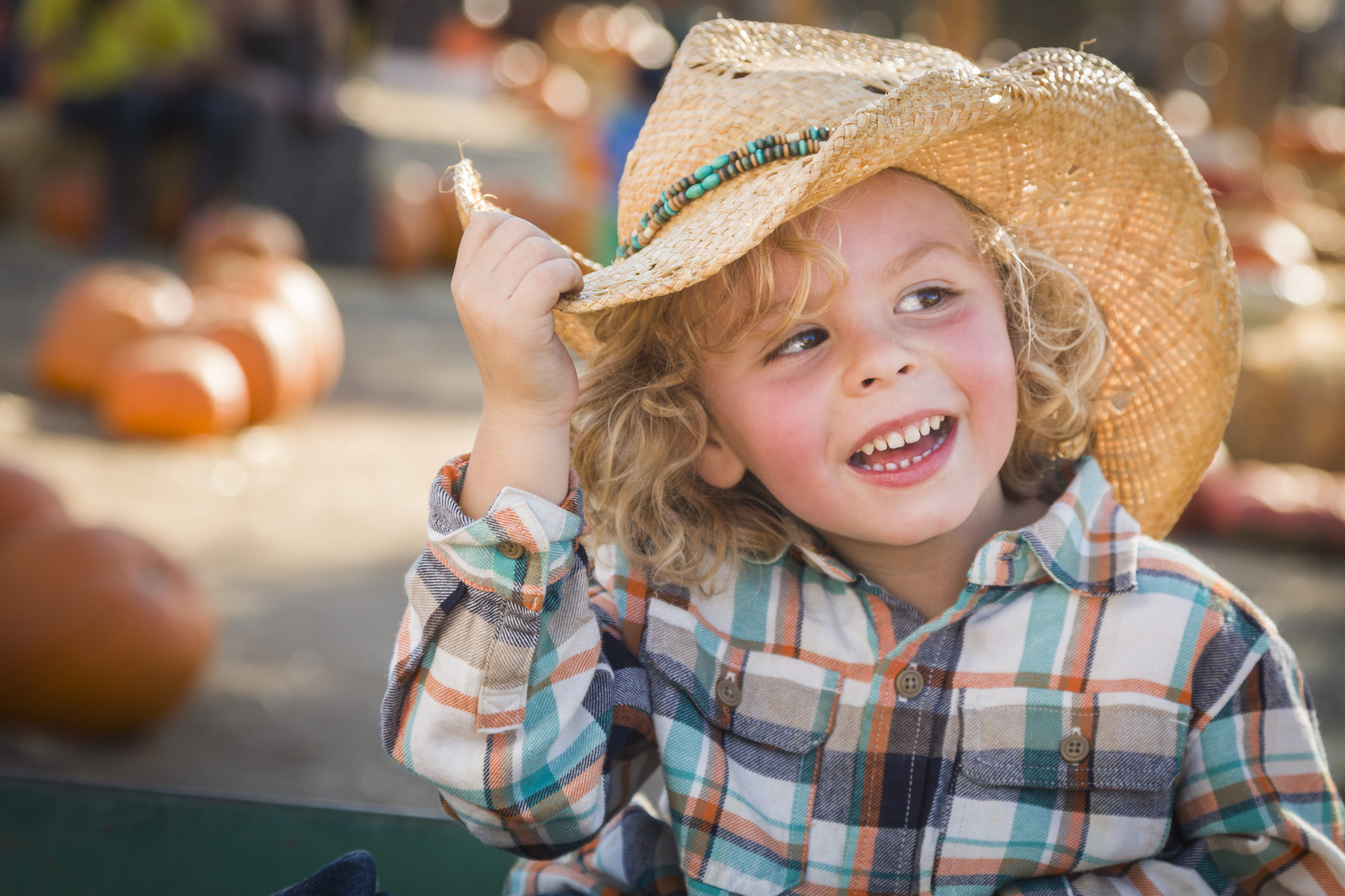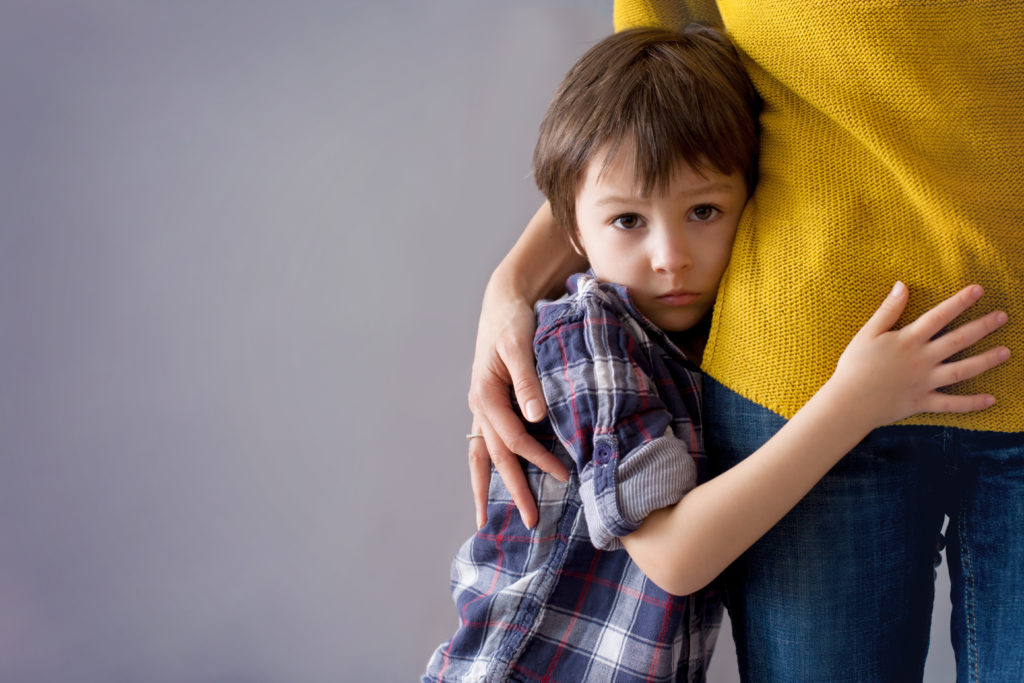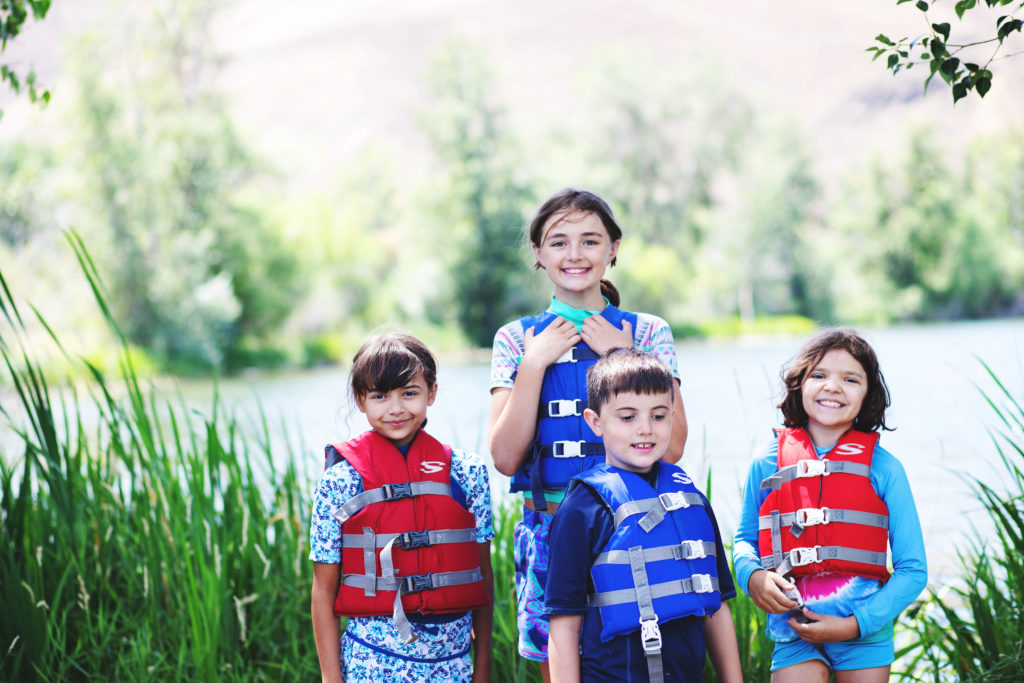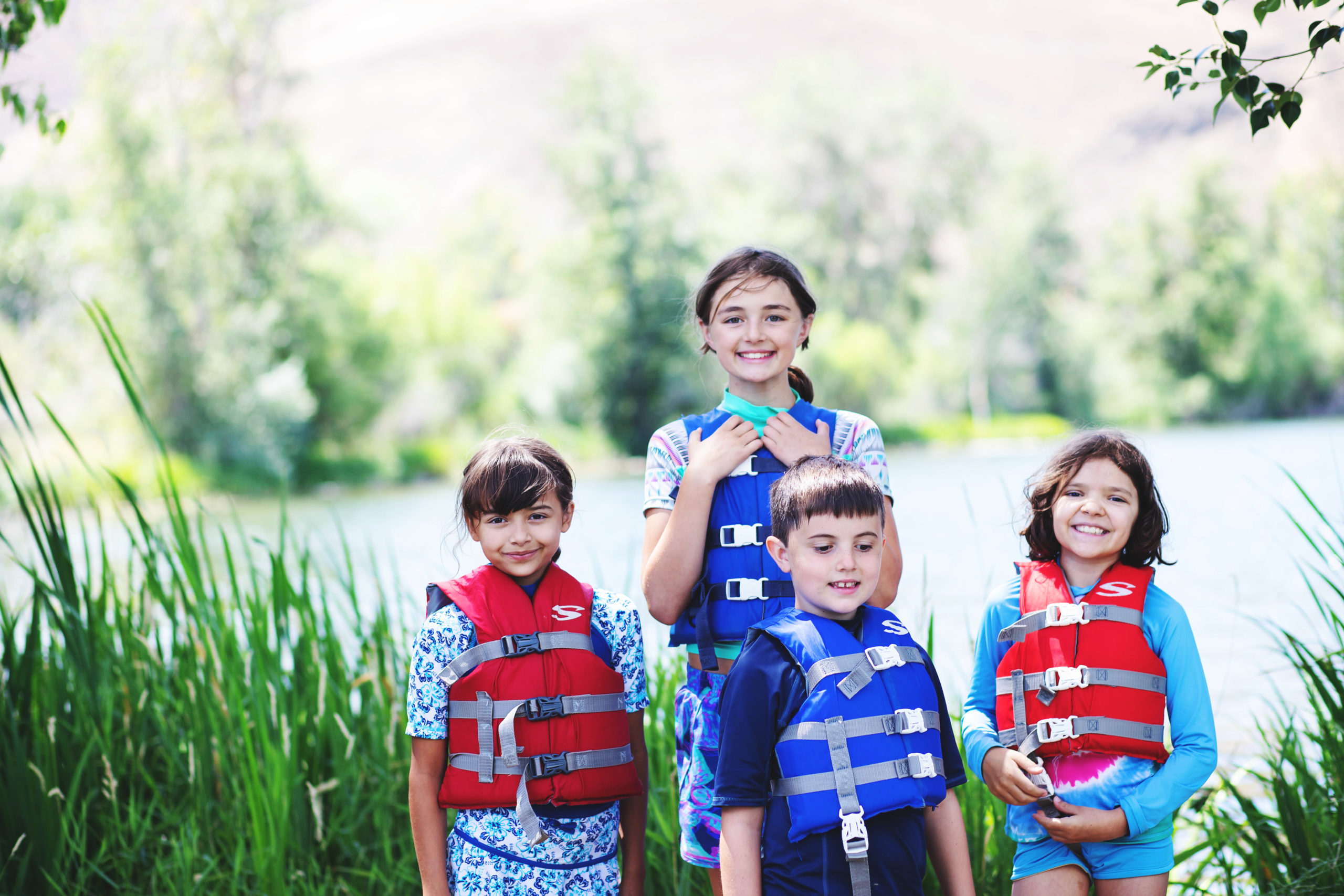Contributor Dr. Elise Herman
Children seem to love music right from the start, which makes sense since babies in the womb can hear sound beginning around the fourth to the fifth month of pregnancy. Research has shown the many positives of music for kids, so making music part of your child’s life will reap benefits over their lifetime. Music involvement includes listening to music, playing an instrument, singing, and dancing.
Music exposure for young children increases brain development, according to research done at the University of California at Santa Cruz in 2016. This was particularly noted in the areas of language and reading skills. Other research has shown that participation in music classes can increase IQ and standardized test scores along with achievement in English and mathematics. Involvement with music improves patience and listening skills and, therefore, school readiness for young children. Experiencing music and dance of different cultures expands a child’s world view and appreciation of other people.
Music has been shown to decrease stress hormones and anxiety, so much so that it is used in hospitals before surgeries and in dental offices. It increases positive emotions and encourages self-regulation and a sense of calm– obviously beneficial for children of all ages. Playing an instrument and dancing help develop motor skills and encourage self-expression and creativity. Being part of a music or dance class teaches kids how to participate in a group and work with others; kids learn valuable social skills in these settings.
It is never too early to bring music into your child’s life. Sing to your unborn child and continue this from infancy onward. Talent doesn’t matter, so don’t avoid this if you are not a gifted singer (few of us are). Sing lullabies to your infant, and attach certain songs to activates for your toddler, such as songs for cleaning up, nap time, and bedtime. Nursery rhymes and clapping along are delightful to young children. Preschoolers love silly songs and lots of repetition (think “The Wheels on the Bus”). Quiet background music (at times) is a great way to expose your child to music of different types.
Keep simple musical instruments in your child’s play area, like a tambourine and shakers. You can also make your own ‘instruments’, such as using a wooden spoon to beat pots and pans and putting beans in a childproof small plastic container for a shaker.
Older kids enjoy music classes in school and benefit from music and dance lessons outside of school as well. Watching dance videos with your child and trying to learn dances together is a fun musical activity. Going to concerts and dance performances connects kids with others and encourages attention and listening skills.
So, start early by filling your child’s life with music and dance of all types. Have fun, and let it awaken the child within you, too. Look online to find lots of local opportunities for music and dance, both for classes and live events. We are also fortunate to have the outstanding music department at Central Washington University, which offers many concerts which are family-friendly.
more about The contributor

Dr. Elise Herman
Dr. Herman is passionate about community health outreach, school programs, and child/family health and wellness. She has more than 31 years of experience as a pediatrician in Ellensburg, Washington, the last 3 with KVH Pediatrics. In 2022 Dr. Herman mostly retired from practice and continues to contribute blog posts and remain a visible advocate for kids in the community.
